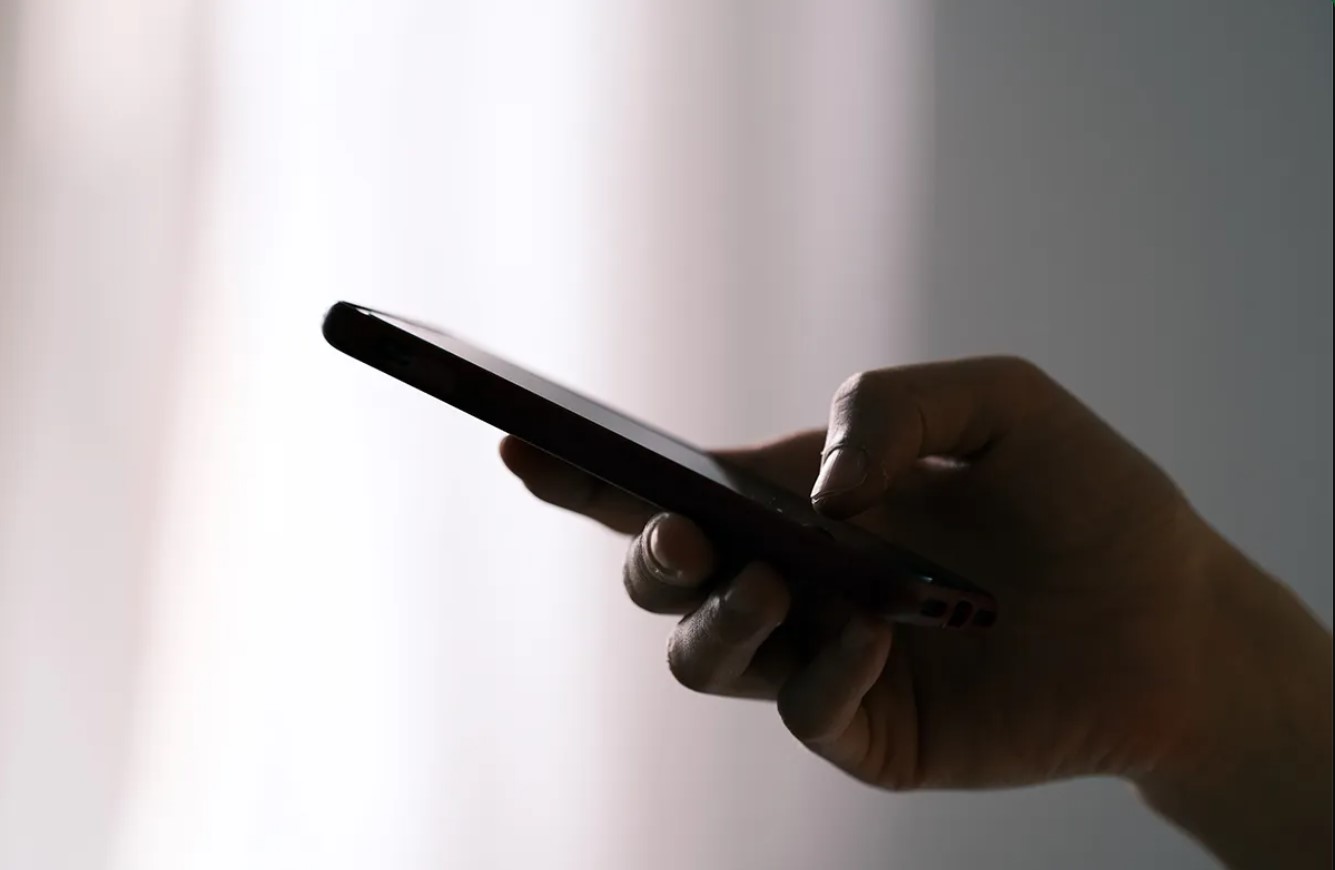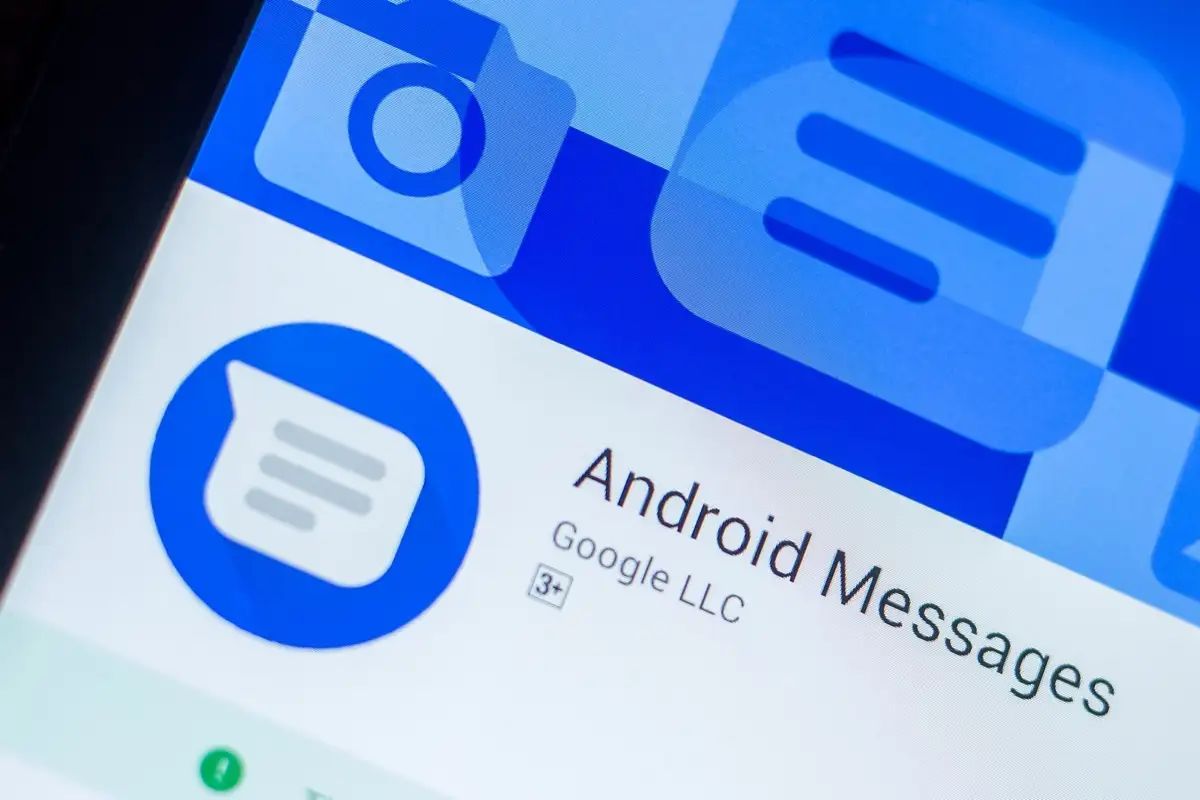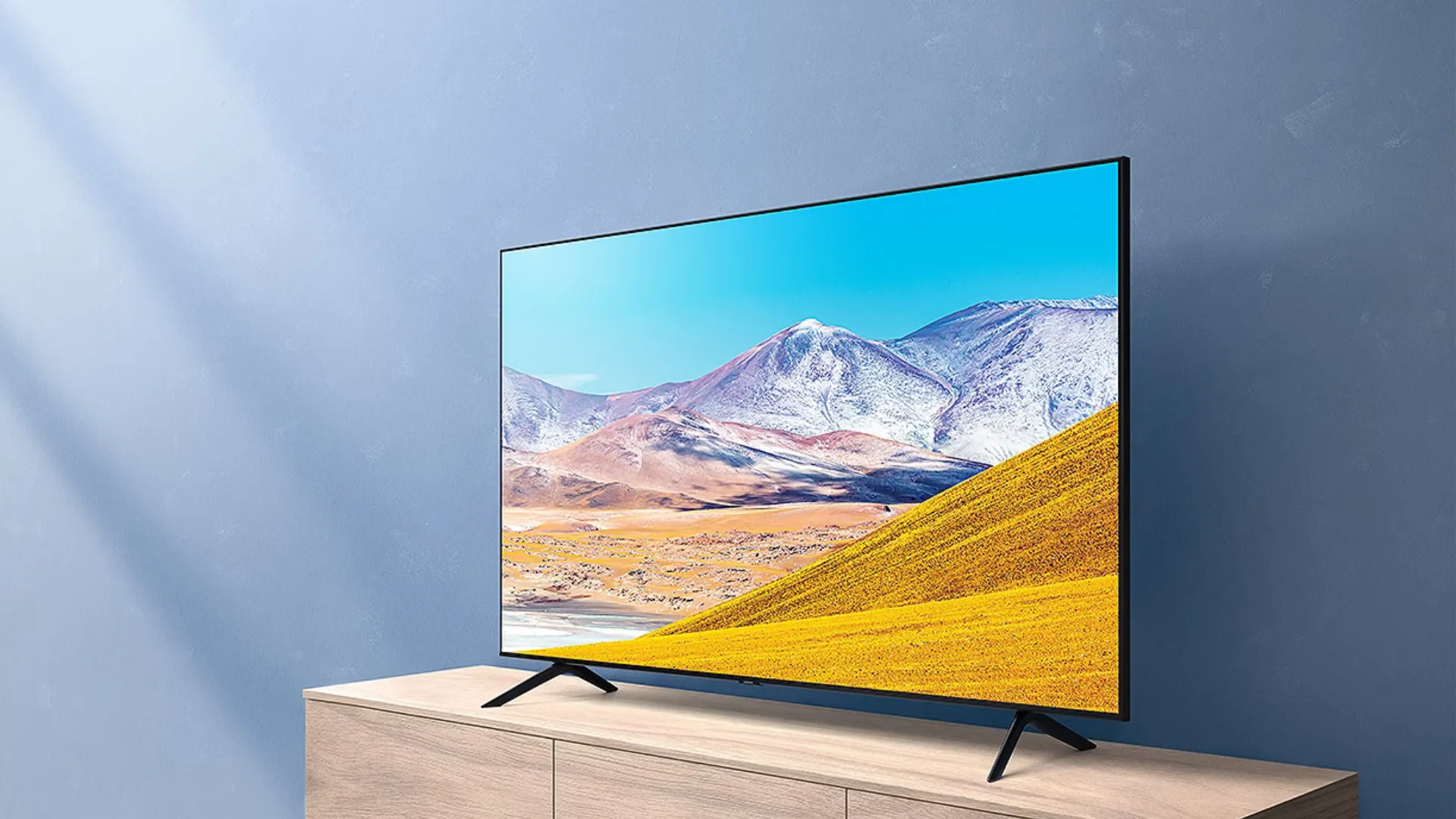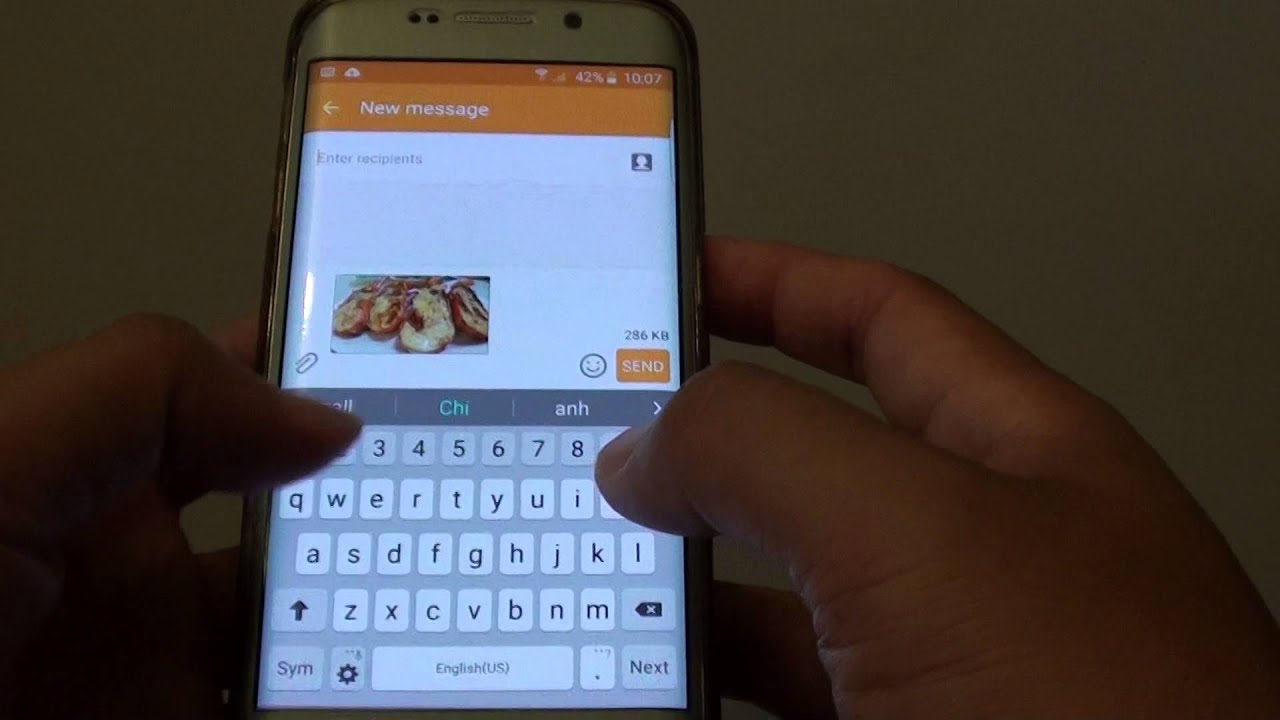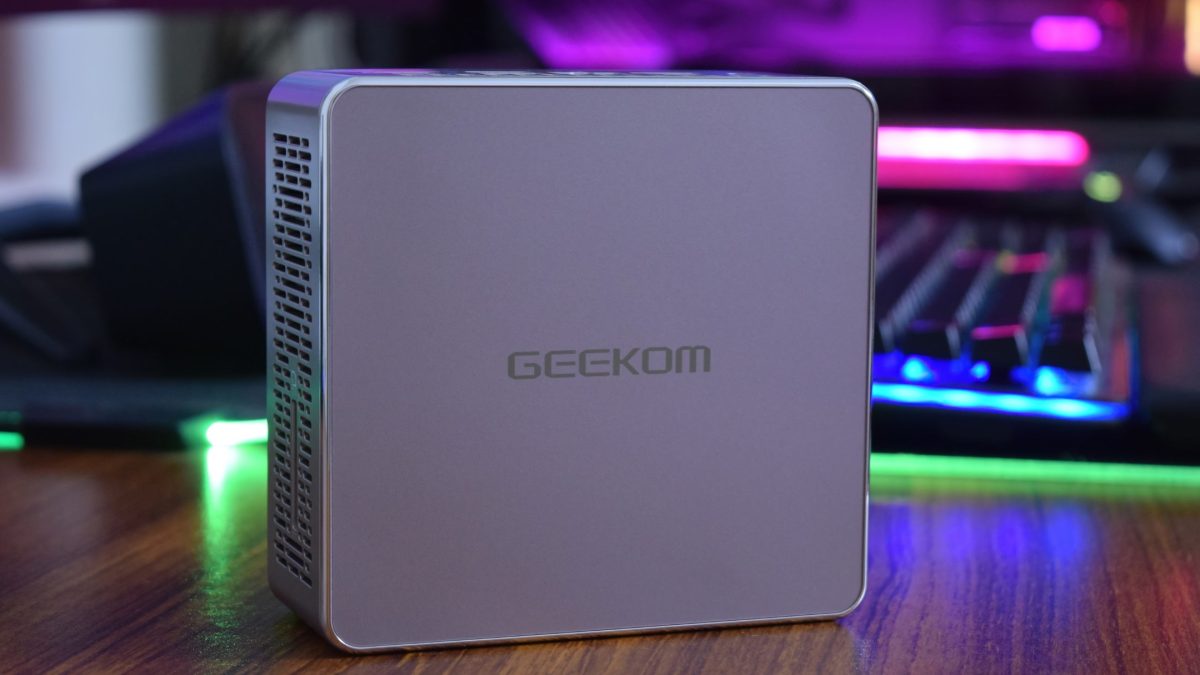Why Isn’t my Multimedia Message Downloading?
Having trouble downloading multimedia messages (MMS) on your device can be frustrating, especially when you’re eagerly waiting to view an important photo or video. Fortunately, there are several factors that could be causing this issue, and solutions to get your MMS downloads working again.
Inadequate Network Connection: One common reason why your multimedia message may not be downloading is due to a weak or unstable network connection. Ensure that you have a stable and strong cellular or Wi-Fi connection before attempting to download the MMS.
Insufficient Storage Space: Another potential issue could be that your device’s storage space is full or nearly full. Check your device’s storage settings and clear out any unnecessary files or apps to free up space for the MMS.
Messaging App Cache: Clearing the cache of your messaging app can also help resolve download issues. Over time, the cache can accumulate unnecessary data, which can hinder the download process. Go to your device’s settings, locate the messaging app, and clear its cache.
Device Restart: Sometimes, a simple device restart can do wonders. Restarting your device can help refresh the system and clear any temporary glitches that may be causing the MMS download problem.
Messaging App Update: Ensure that you are using the latest version of your messaging app. Outdated versions may have compatibility issues with newer MMS formats. Check the app store for any available updates.
APN Settings: Incorrect APN (Access Point Name) settings can prevent MMS downloads. Verify that your APN settings are correctly configured for your network provider. Check your device’s settings or contact your network provider for assistance.
Data Usage and Settings: Confirm that you have sufficient data or Wi-Fi allowance to download multimedia messages. Also, check if your device’s data usage settings are restricting MMS downloads. Adjust the settings accordingly if necessary.
Multimedia Message Settings: Double-check your multimedia message settings to ensure that auto-download is enabled. Sometimes, these settings can be accidentally disabled, resulting in failed MMS downloads.
Alternate Messaging App: If you have tried all the above solutions and still cannot download MMS, consider using an alternate messaging app. Different apps may have different compatibility with MMS formats.
Contact Network Provider: If all else fails, it is advisable to contact your network provider for further assistance. They may be able to troubleshoot the issue or provide specific instructions to resolve the download problem.
By following these steps, you can increase the chances of resolving your multimedia message download issue. Say goodbye to frustration and hello to downloading and enjoying your MMS content hassle-free!
Checking your Network Connection
When you experience difficulties downloading multimedia messages (MMS), the first thing you should check is your network connection. A weak or unstable connection can prevent MMS from downloading properly. Here are some steps to ensure that your network connection is not the culprit behind the problem:
- Verify your signal strength: Make sure that you have a strong cellular or Wi-Fi signal. If you’re in an area with limited coverage or experiencing network congestion, it might hinder the download process. Try moving to a location with better signal strength.
- Enable airplane mode and disable it: Sometimes, toggling your device’s airplane mode on and off can help refresh your network connection. Go to your device settings, enable airplane mode, wait for a few seconds, and then disable it. This action can help reestablish a stable connection.
- Switch between cellular and Wi-Fi: If you’re currently connected to Wi-Fi, try switching to cellular data or vice versa. This step can help identify if the issue lies with a particular network. If possible, connect to a different Wi-Fi network to eliminate the possibility of a network-specific problem.
- Restart your modem or router: If you’re using Wi-Fi to access the internet, restarting your modem or router can help resolve any temporary network glitches. Simply unplug the power cable, wait for a few seconds, and then plug it back in. Wait for the device to boot up, and then try downloading the MMS again.
- Reset network settings: If none of the above steps work, you can try resetting your network settings. This action will erase saved Wi-Fi networks, Bluetooth connections, and VPN settings. Go to your device settings, navigate to the network settings, and choose the option to reset network settings. Keep in mind that you’ll need to reconnect to Wi-Fi networks and pair Bluetooth devices again after performing this reset.
By thoroughly checking your network connection and performing the necessary troubleshooting steps, you can rule out any network-related issues that might be preventing the successful download of multimedia messages. Once your network connection is stable, you can proceed to other potential solutions to resolve the MMS download problem.
Checking your Device’s Storage Space
Another common reason why multimedia messages (MMS) fail to download is insufficient storage space on your device. It’s essential to regularly check your device’s storage capacity and ensure that you have enough space to accommodate incoming MMS files. Here’s how you can check and manage your device’s storage:
- Check available storage: Navigate to your device’s settings and locate the storage or storage settings option. Here, you can see how much space you currently have available and how much is being used by various categories such as apps, photos, videos, and documents.
- Clear unnecessary files: Review the different categories of files on your device and delete any unnecessary or redundant files. Start with large files such as videos or high-resolution images. Consider transferring them to cloud storage or a computer to free up space.
- Uninstall unused apps: If your device is cluttered with unused apps, uninstall them to free up storage space. Go to your device’s app settings and remove any applications that you no longer need or use.
- Clear app caches: Some apps, including messaging apps, accumulate cache files over time. These cache files can take up a significant amount of storage space. Go to your device’s settings, locate the app-specific settings, and clear the cache for your messaging app or any other apps that you suspect may be causing storage issues.
- Move files to external storage: If your device supports it, consider moving files such as photos, videos, or downloads to an external storage device, such as an SD card. This action can help free up space on your internal storage.
- Use storage management tools: Many devices offer built-in storage management tools that help you identify and remove unnecessary files. Explore your device’s settings or storage options to access these tools, which can simplify the process of managing your storage space.
By regularly checking your device’s storage space and taking appropriate measures to free up storage, you can ensure that there is enough room for incoming MMS files. This will improve the chances of successful MMS downloads and prevent any storage-related issues from interfering with your messaging experience.
Clearing the Cache of your Messaging App
When multimedia messages (MMS) fail to download, one potential cause could be a buildup of cache files within your messaging app. Clearing the cache can help resolve any issues that may be preventing MMS downloads. Follow these steps to clear the cache of your messaging app:
- Open your device settings: Navigate to the settings on your device. The exact location and appearance may vary depending on your device model and operating system.
- Locate the app settings: Look for an option that says “Apps,” “Applications,” or “App Manager.” Tap on it to access a list of all the installed apps on your device.
- Find your messaging app: Scroll through the list of apps and look for your messaging app. The name may vary depending on the app you are using, such as Messages, Messenger, or SMS.
- Access app settings: Tap on your messaging app to open its settings menu. Here, you will find options related to the app, including storage, permissions, and notifications.
- Clear the app cache: Within the app settings, look for an option that mentions “Cache” or “Storage.” Tap on it to access the cache settings for the messaging app. You will typically see an option to clear the cache.
- Confirm cache clearance: A confirmation prompt may appear asking if you want to clear the cache. Confirm the action to proceed. Be aware that clearing the cache will not delete any of your messages or settings.
- Restart the messaging app: After clearing the cache, exit the app settings and restart your messaging app. Open the app and try downloading the MMS again to see if the issue has been resolved.
Clearing the cache of your messaging app can help eliminate any temporary files or data that may be hindering the MMS download process. It allows the app to start fresh and can improve overall performance. If clearing the cache does not solve the issue, you can also consider clearing the app’s data, but be aware that doing so will reset the app to its default settings and may remove any stored messages or preferences.
Restarting your Device
If you’re having trouble downloading multimedia messages (MMS), a simple yet effective solution is to restart your device. Restarting can help refresh the system and resolve any temporary glitches that may be causing the MMS download problem. Follow these steps to restart your device:
- Press and hold the power button: Locate the power button on your device. Press and hold it until a menu or options appear on the screen.
- Select the restart option: Look for the restart option on the menu and tap on it. In some cases, you may need to select “Power off” first, and then the device will automatically restart once it’s completely powered off.
- Wait for the device to turn off and on: After selecting the restart option, your device will begin the reboot process. Wait patiently for it to turn off and then turn back on. The restart process may take a few moments.
- Enter your device PIN or passcode: Once your device has restarted and the lock screen appears, enter your device’s PIN or passcode to unlock it and access your apps.
- Open the messaging app: After restarting, open your messaging app and try downloading the MMS again. Check if the restart has resolved the download issue.
Restarting your device can resolve various software-related problems and restore the functionality of your device. It clears any temporary system or app-related issues that may be interfering with MMS downloads. If the problem persists after restarting, continue troubleshooting with the next potential solutions to identify and resolve the underlying cause of the issue.
Updating your Messaging App
If you’re facing difficulties downloading multimedia messages (MMS), it’s essential to ensure that you have the latest version of your messaging app installed on your device. Outdated versions may have compatibility issues with newer MMS formats or contain bugs that hinder the download process. Follow these steps to update your messaging app:
- Open the app store: On your device, locate and open the app store relevant to your operating system. For Android devices, it’s the Google Play Store, and for iOS devices, it’s the App Store.
- Search for your messaging app: In the app store’s search bar, type in the name of your messaging app (e.g., Messages, Messenger, SMS) and search for it.
- Check for available updates: If an update is available for your messaging app, you’ll see an “Update” button or a cloud icon indicating the availability of an update. Tap on the button or icon to initiate the update process.
- Wait for the update to complete: Depending on your internet connection speed and the size of the update, it may take a few moments to download and install the update. Ensure that you have a stable internet connection during this process.
- Restart the messaging app: Once the update is complete, exit the app store and restart your messaging app. Open the app and try downloading the MMS again to see if the issue has been resolved.
Updating your messaging app ensures that you have the latest features, bug fixes, and compatibility improvements necessary for smooth MMS operations. If updating the app does not resolve the download issue, consider other potential solutions to troubleshoot and fix the problem.
Checking your APN Settings
One possible reason for multimedia messages (MMS) failing to download is incorrect Access Point Name (APN) settings on your device. APN settings allow your device to connect to your mobile network’s data services properly. If these settings are incorrect or not configured appropriately, it can prevent MMS downloads. Here’s how you can check and adjust your APN settings:
- Access your device settings: Open the settings menu on your device. The location and appearance may vary depending on your device model and operating system.
- Find the ‘Network & Internet’ or ‘Connections’ section: Look for an option that relates to network settings, such as ‘Network & Internet’ or ‘Connections.’ Tap on it to access the network-related settings.
- Locate ‘Mobile Network’ or ‘Cellular Network’ settings: Within the network settings, you should find an option for ‘Mobile Network’ or ‘Cellular Network.’ Tap on it to access the mobile network settings.
- Access ‘Access Point Names’ or ‘APN’ settings: Within the mobile network settings, look for an option called ‘Access Point Names’ or ‘APN.’ Tap on it to view the list of APN settings on your device.
- Review the APN settings: Examine the list of APNs on your device. Ensure that the settings are correct for your network provider. If you are unsure about the correct APN settings, contact your network provider for assistance.
- Edit or add APN settings: If you find any incorrect or missing APN settings, tap on the APN to edit it or add a new APN. Use the correct values provided by your network provider. Save the changes after making the necessary adjustments.
- Select the correct APN: After editing or adding the APN settings, make sure to select the correct APN as the default or active APN. There may be an option to set it as the primary APN or enable/disable other APNs.
By verifying and adjusting your APN settings, you ensure that your device is correctly configured to connect to your mobile network’s data services. This is crucial for proper MMS functionality. After checking and adjusting the APN settings, attempt to download the MMS again to see if the issue has been resolved.
Checking your Data Usage and Settings
When facing difficulties downloading multimedia messages (MMS), it is crucial to ensure that you have sufficient data or Wi-Fi allowance and that your data usage settings are not restricting MMS downloads. Here’s how you can check your data usage and settings to ensure they are not causing issues:
- Access your device settings: Open the settings menu on your device. The location and appearance may vary depending on your device model and operating system.
- Find the ‘Network & Internet’ or ‘Connections’ section: Look for an option that relates to network settings, such as ‘Network & Internet’ or ‘Connections.’ Tap on it to access the network-related settings.
- Locate ‘Data Usage’ or ‘Mobile Data’ settings: Within the network settings, you should find an option called ‘Data Usage’ or ‘Mobile Data.’ Tap on it to view your data usage details and settings.
- Review your data usage: Check your data usage statistics to ensure that you have sufficient data allowance to download multimedia messages. If your data usage is near the limit or you have exceeded your allowance, it may restrict MMS downloads.
- Adjust your data settings: If your data usage is restricted or limited, go back to the network settings menu and look for options to adjust your data usage settings. Ensure that there are no restrictions or limits set specifically for MMS downloads.
- Enable data or Wi-Fi: Confirm that your device’s data or Wi-Fi is turned on. If you are using Wi-Fi, ensure that you are connected to a stable and reliable network.
- Disable data-saving modes: Some devices have data-saving modes that restrict certain background data usage. Ensure that such modes are disabled or adjust the settings to allow MMS downloads.
By checking your data usage and settings, you can ensure that there are no restrictions or limits preventing the download of multimedia messages. Adjusting these settings accordingly should help you overcome any data-related obstacles and improve the chances of successful MMS downloads.
Verifying Multimedia Message Settings
When facing issues with downloading multimedia messages (MMS), it’s essential to verify that your multimedia message settings are correctly configured. Incorrect settings can prevent the successful download of MMS. Follow these steps to verify your multimedia message settings:
- Open your messaging app: Launch the messaging app on your device. The specific app may vary depending on your device model and the messaging app you use.
- Access the settings menu: Look for an icon or option that allows you to access the settings of your messaging app. It is usually represented by three dots or lines and is typically located in the top-right or bottom-right corner of the app.
- Locate multimedia message settings: Within the settings menu, find an option specifically related to multimedia messages or MMS. It may be labeled as “MMS Settings” or “Multimedia Message Settings.”
- Verify auto-download settings: Check if the option for auto-download of multimedia messages is enabled. This setting allows your device to automatically download MMS without requiring manual intervention. Ensure that this setting is turned on.
- Review group messaging settings: Check the group messaging settings to ensure they are properly configured. If you frequently receive MMS within group chats, make sure the group MMS option is enabled.
- Check message size limitations: Some messaging apps have settings to restrict the size of MMS downloads. Verify that any message size limitations are set appropriately or disabled to allow for the download of larger multimedia messages.
- Save and apply changes: If you made any adjustments to the multimedia message settings, remember to save the changes and exit the settings menu.
By verifying and adjusting the multimedia message settings, you can ensure that your device is configured to handle MMS downloads correctly. This ensures a smoother experience when receiving multimedia content and eliminates any issues caused by incorrect settings.
Trying an Alternate Messaging App
If you’ve exhausted all other options and are still unable to download multimedia messages (MMS) on your current messaging app, it may be worth trying an alternate messaging app. Sometimes, different apps have varying compatibility with MMS formats or offer additional features that can help resolve download issues. Here’s how you can try an alternate messaging app:
- Research and select an alternative app: Search for messaging apps available on your device’s app store. Look for apps that have positive reviews, high ratings, and mention of MMS support. Popular messaging apps that you can consider include WhatsApp, Facebook Messenger, or Google Messages.
- Download and install the new app: Once you’ve decided on an alternate messaging app, download and install it from your device’s app store. Follow the on-screen instructions to complete the installation.
- Set up the new app: Open the newly installed messaging app and follow any initial setup prompts. This may include signing in with your existing account, verifying your phone number, or granting necessary permissions.
- Import or sync your contacts: If the new messaging app provides an option to import or sync your contacts, take advantage of it. This will ensure a seamless transition and allow you to continue messaging your contacts without any interruption.
- Send test MMS: Once you’re set up on the alternate app, send yourself a test MMS to see if the download is successful. If the MMS downloads without any issues, it indicates that the problem may have been with your previous messaging app.
- Continue using the alternate app: If the alternate messaging app resolves the MMS download problem, you can choose to continue using it as your default messaging app. Enjoy the enhanced features and improved compatibility with MMS.
Trying an alternate messaging app can be an effective way to overcome persistent issues with downloading MMS. It provides you with a fresh start and an opportunity to experience better MMS functionality. Remember to inform your contacts about the switch to ensure seamless communication.
Contacting your Network Provider
If you have tried all troubleshooting steps and are still unable to download multimedia messages (MMS), it is advisable to contact your network provider for further assistance. They have the expertise and resources to help diagnose and resolve MMS-related issues specific to their network. Here’s how you can get in touch with your network provider:
- Find customer support contact details: Look for the customer support contact details of your network provider. This information can usually be found on their website, customer service portal, or on your billing statements.
- Call customer support: Use the provided phone number to call the customer support line of your network provider. Have your account information and device details ready when speaking to the representative.
- Explain the issue: Clearly explain the problem you are facing with MMS downloads to the customer support representative. Provide any relevant details such as error messages, the steps you have already taken, and the specific content or contacts affected.
- Follow their guidance: Listen to the guidance and instructions provided by the customer support representative. They may ask you to perform additional troubleshooting steps or provide specific configuration settings for MMS on their network.
- Ask about network coverage or known issues: Inquire if there are any known network coverage issues or ongoing service disruptions that could be affecting MMS downloads. This information can help narrow down the cause of the problem.
- Request a network reset or configuration update: Ask the customer support representative if they can perform a network reset or update the configuration settings for MMS on your account. This can help resolve any network-related issues that may be impacting MMS downloads.
- Follow up if necessary: If the issue persists even after contacting customer support, consider following up with them to provide an update on the troubleshooting steps you have taken and the outcome. They may escalate the issue to their technical team for further investigation.
Contacting your network provider is the best course of action when all other troubleshooting methods have been exhausted. They can provide valuable insight and assistance tailored to their network, ensuring that you receive the necessary support to resolve the MMS download problem.
Conclusion
Experiencing difficulties with downloading multimedia messages (MMS) can be frustrating, but the good news is that there are several troubleshooting steps you can take to resolve the issue. By carefully checking your network connection, device’s storage space, messaging app cache, and APN settings, you can address common underlying causes of MMS download problems.
Additionally, restarting your device, updating your messaging app, verifying multimedia message settings, trying an alternate messaging app, and contacting your network provider are further steps you can take to tackle the issue from different angles.
Remember to approach the troubleshooting process systematically and follow the steps provided in this guide. Keep in mind that each step builds upon the previous one, eliminating potential causes until you find a solution. It’s important to remain patient and persistent, trying each step one at a time until the problem is resolved.
If you find that none of the steps resolved the issue or you require additional assistance, reaching out to your network provider is recommended. They have the resources and expertise to provide specific guidance tailored to their network and troubleshoot further if necessary.
By following these troubleshooting steps and seeking the appropriate support when needed, you increase the likelihood of successfully downloading multimedia messages and enjoying the full functionality of your messaging app.







